Introduction
Freshwater pearls are timeless, elegant, and loved for their soft lustre and natural beauty. Yet, many people still ask: What are freshwater pearls? Are they real? How much are they worth? How should you care for them? This guide will answer all of these questions, helping you understand the value and charm of freshwater pearl jewellery.
What Are Freshwater Pearls?
Freshwater pearls are real pearls grown inside freshwater mussels, often found in rivers, lakes, and ponds. Unlike saltwater pearls, which usually form one pearl per oyster, freshwater mussels can produce multiple pearls at a time.
-
Shapes & Colours: They come in a variety of shapes—round, oval, baroque—and colours from classic white to soft pink, lavender, and even champagne tones.
-
Popularity: Because of their accessibility and wide variety, freshwater pearls are commonly used in necklaces, earrings, and bracelets, making them one of the most popular types of pearls in modern jewellery.
Are Freshwater Pearls Real?
Yes, freshwater pearls are real pearls, not imitations. They are formed naturally when an irritant enters the mussel and layers of nacre build up over time.
How to tell if freshwater pearls are real:
-
Surface test: Rub two pearls gently together. Real pearls feel slightly gritty due to the nacre layers, while fake ones feel smooth.
-
Tooth test: Lightly rub a pearl against your tooth. A real pearl feels sandy, while a fake one feels glassy.
-
Lustre and depth: Real pearls have a glow that seems to come from within, unlike the flat shine of imitations.
How Much Are Freshwater Pearls Worth?
The value of a freshwater pearl depends on several factors:
-
Size: Larger pearls are rarer and more valuable.
-
Shape: Perfectly round pearls are the most prized, while baroque (irregular) shapes are more affordable but unique.
-
Lustre: The brighter and deeper the shine, the higher the value.
-
Surface quality: Pearls with fewer blemishes are considered more valuable.
-
Colour: Classic white is timeless, but unique shades like lavender or peach can also fetch higher prices.
💡 Are freshwater pearls expensive?
Generally, freshwater pearls are more affordable than saltwater pearls such as Akoya, Tahitian, or South Sea. However, high-quality freshwater pearls can still be quite valuable, especially when well-matched in a strand or set in fine jewelry.
Can Freshwater Pearls Get Wet?
This is a common question: “Can freshwater pearls get wet?”
The answer: Occasional contact with water won’t destroy them, but repeated exposure will damage them.
-
Pearls are organic and porous, meaning they can absorb water and chemicals.
-
Frequent contact with water can weaken the nacre, causing dullness or discolouration.
👉 Always remove pearl jewellery before swimming, showering, or washing dishes.
How to Care for Freshwater Pearls
To keep your freshwater pearl jewellery looking beautiful for years, follow these tips:
-
Avoid contact with water – Remove pearls before swimming, showering, or exercising.
-
Keep away from chemicals – Perfumes, lotions, and hairsprays can damage their surface. Apply beauty products first, jewellery last.
-
Store properly – Keep pearls in a soft pouch or jewellery box, away from direct sunlight and heat.
-
Wear them often – Pearls benefit from natural skin oils, which keep them lustrous.
-
Clean gently – Wipe with a soft, damp cloth after wearing. Avoid harsh cleaners or ultrasonic machines.
Conclusion
Freshwater pearls are real, timeless, and versatile gems with a fascinating history and accessible beauty. They may be more affordable than saltwater pearls, but their charm lies in their variety of colours, shapes, and natural elegance. By learning what freshwater pearls are, how much they’re worth, how to tell if they’re real, and how to care for them, you can enjoy these classic gems for many years to come.
Whether you’re buying a freshwater pearl necklace, bracelet, or earrings, these gems remain a meaningful and stylish addition to any jewellery collection.

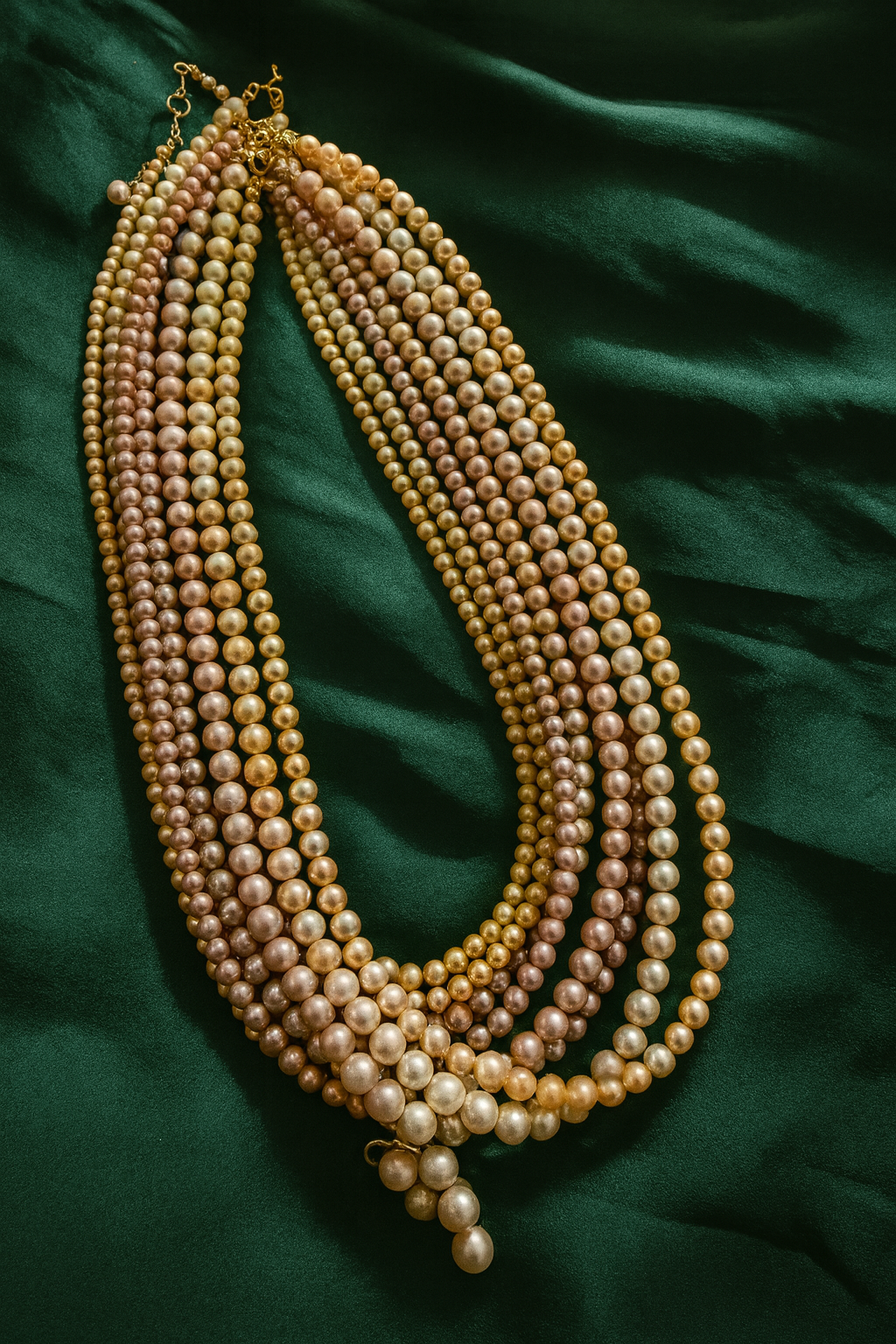
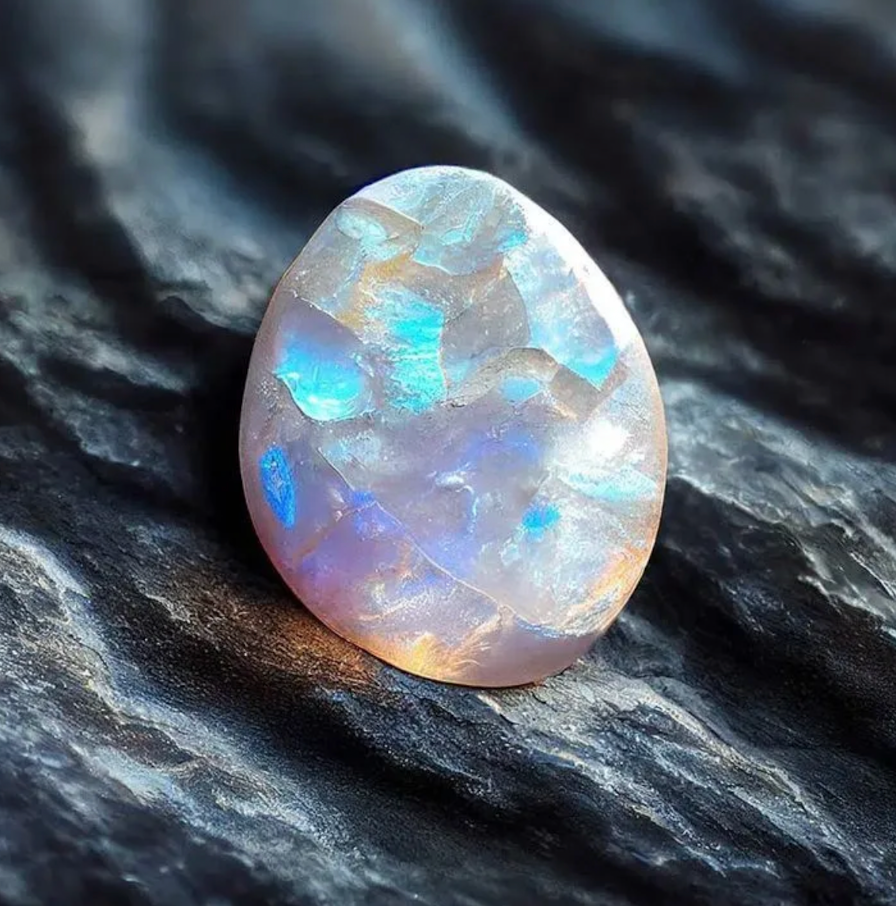
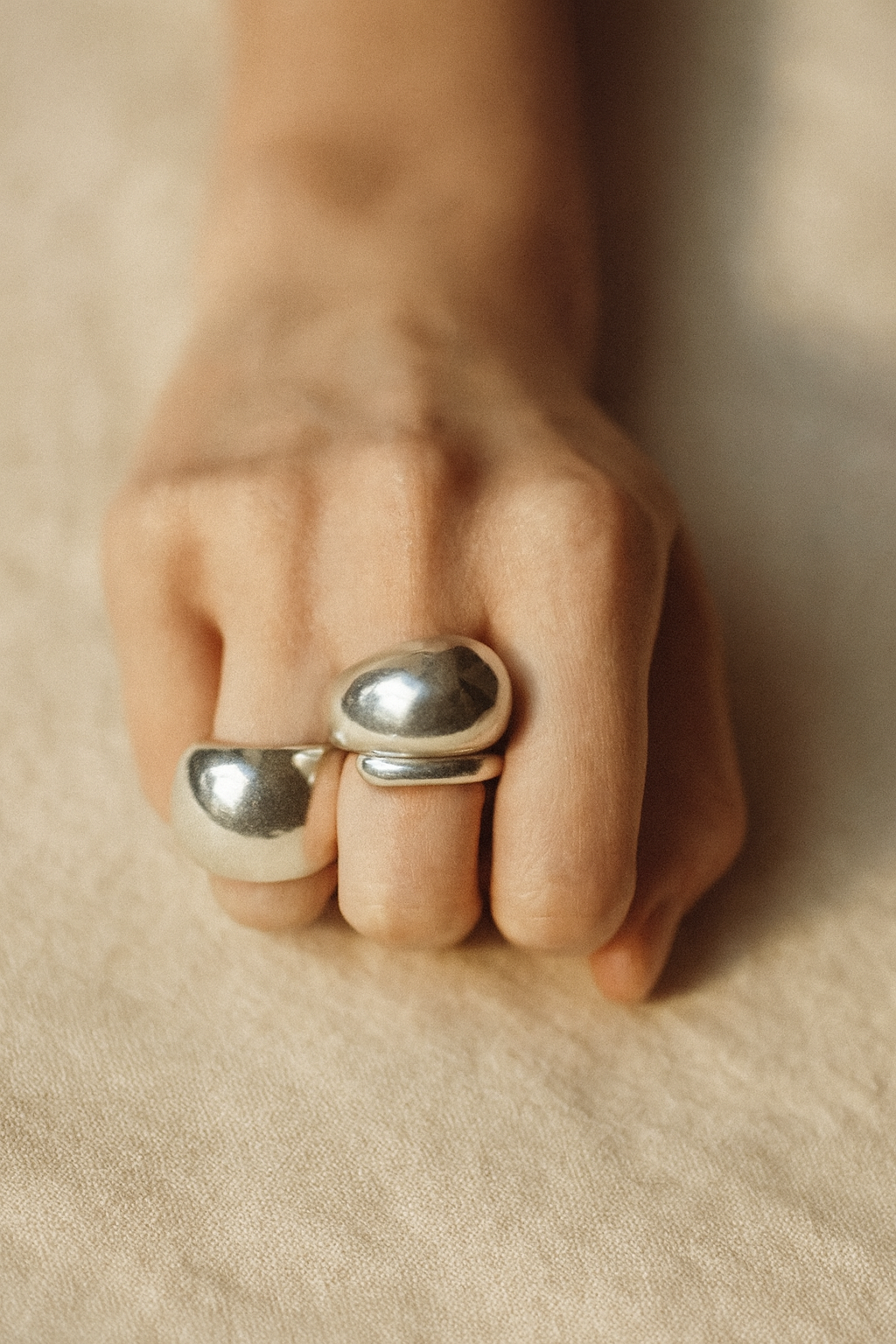
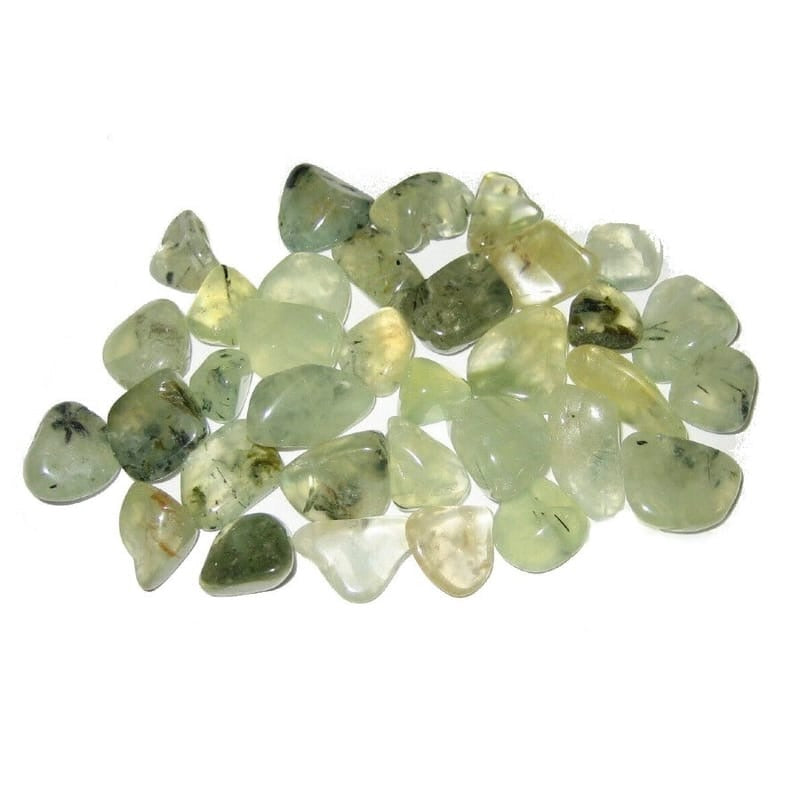
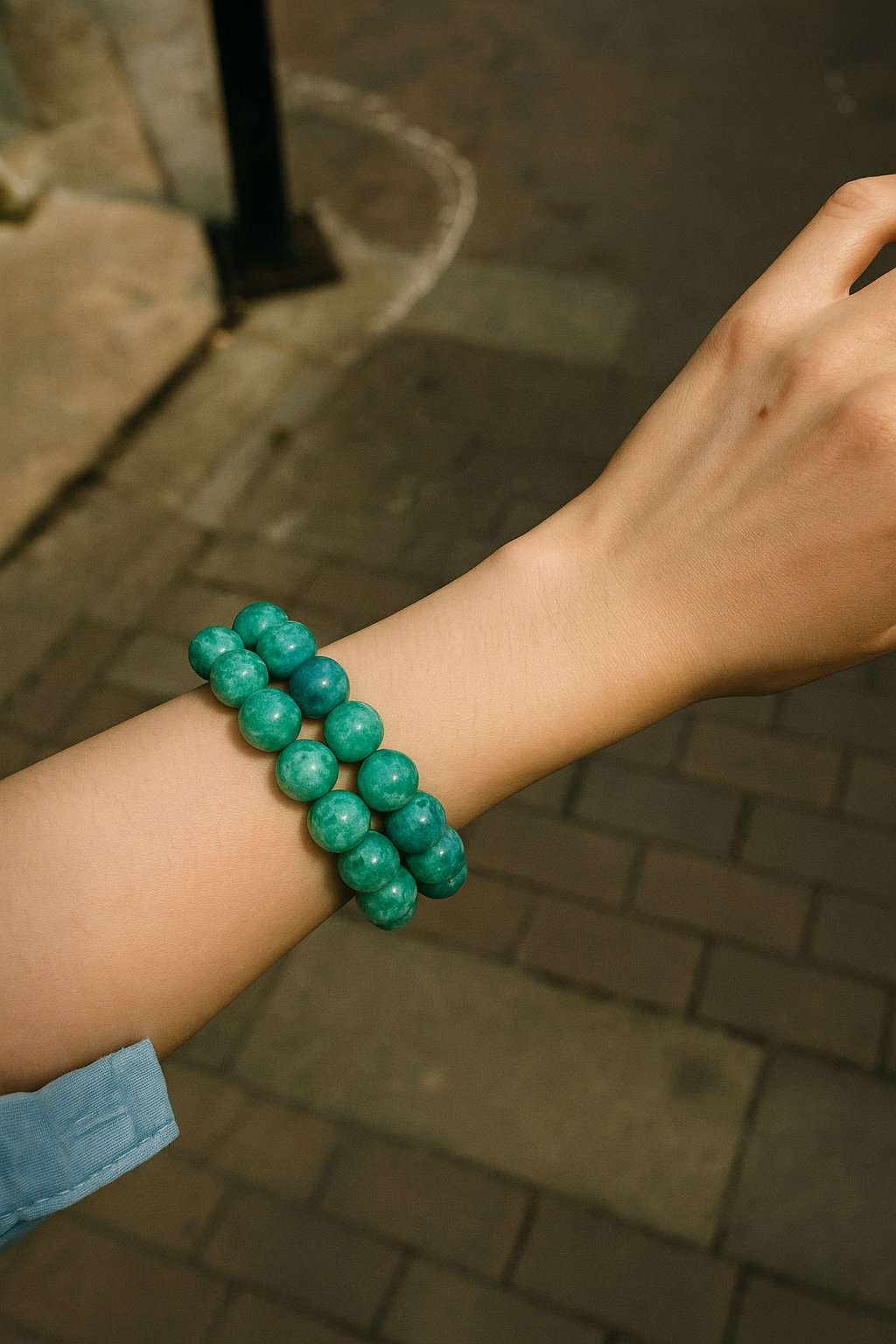
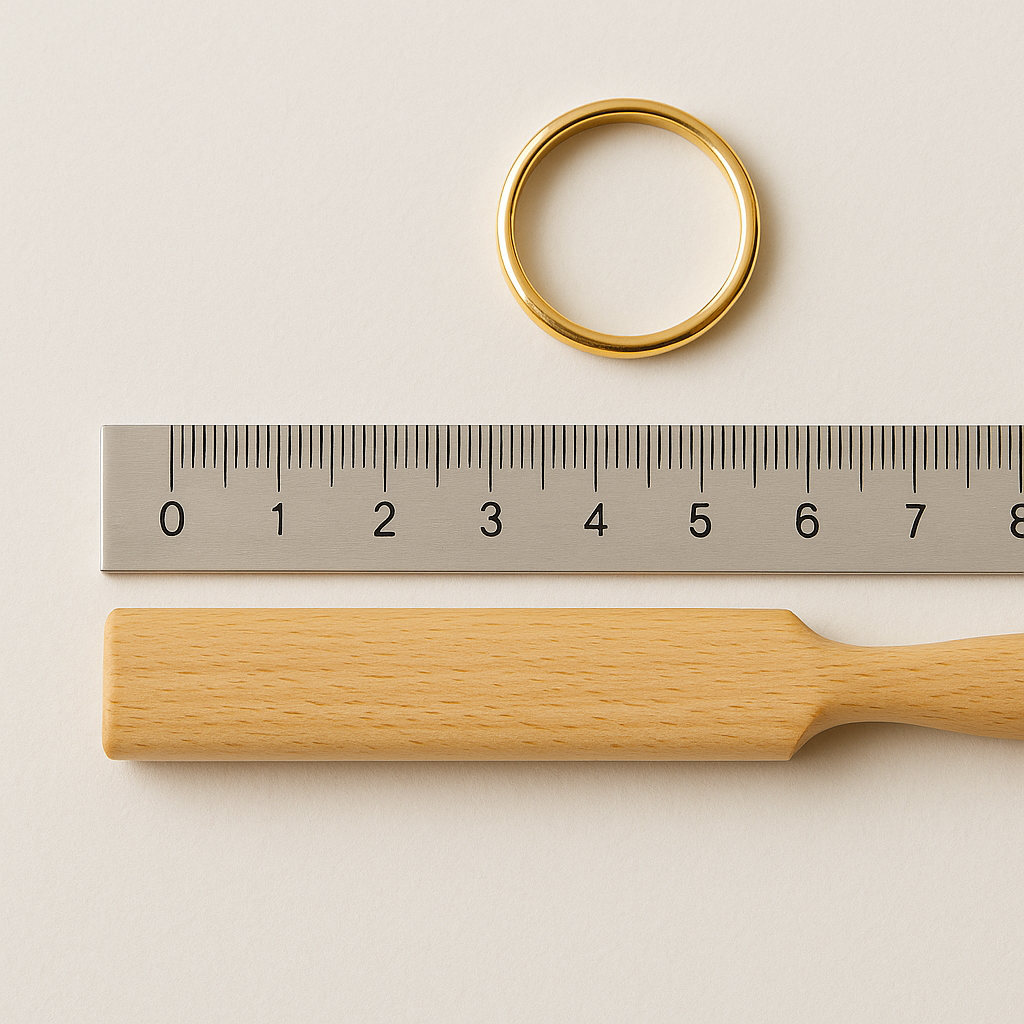
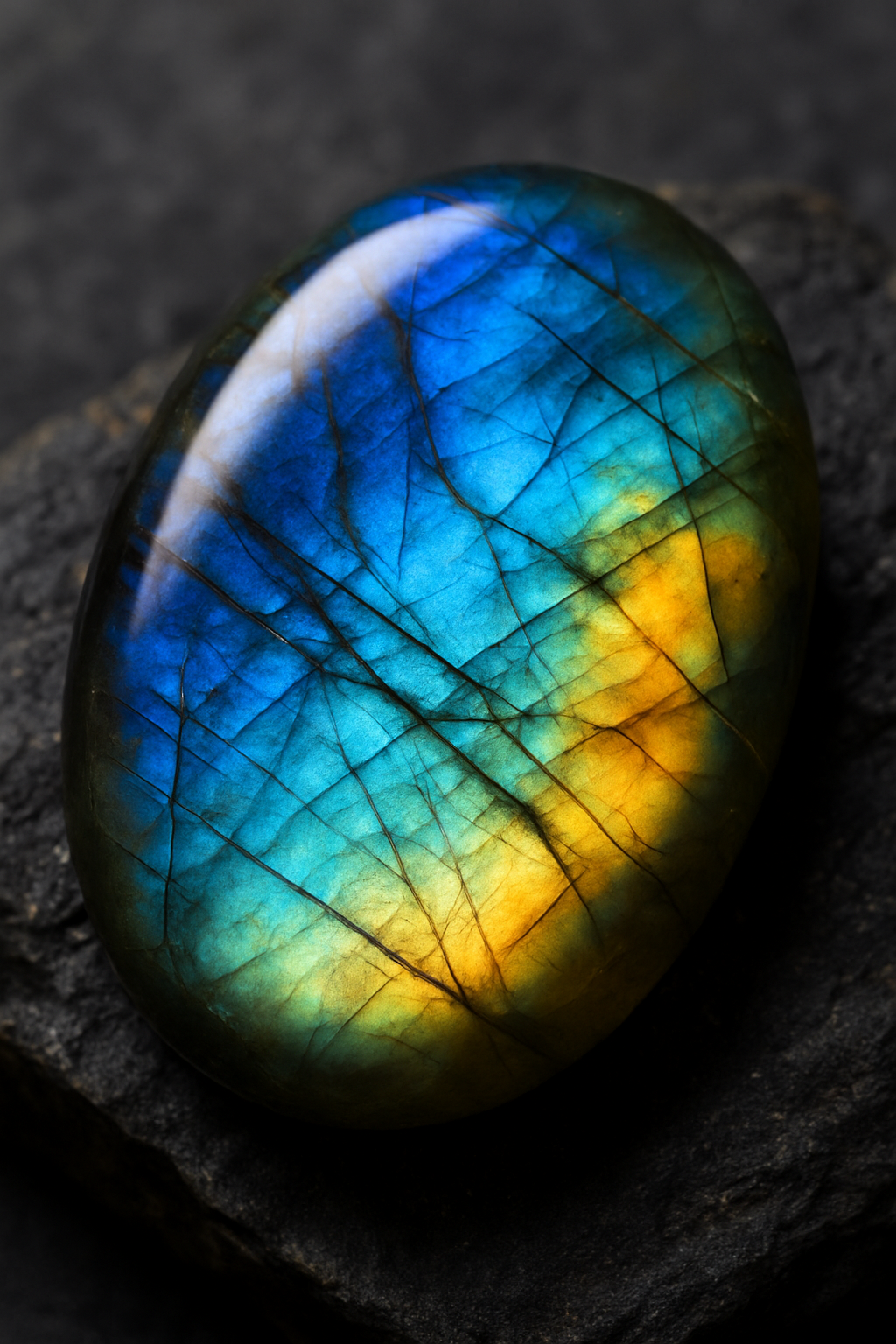
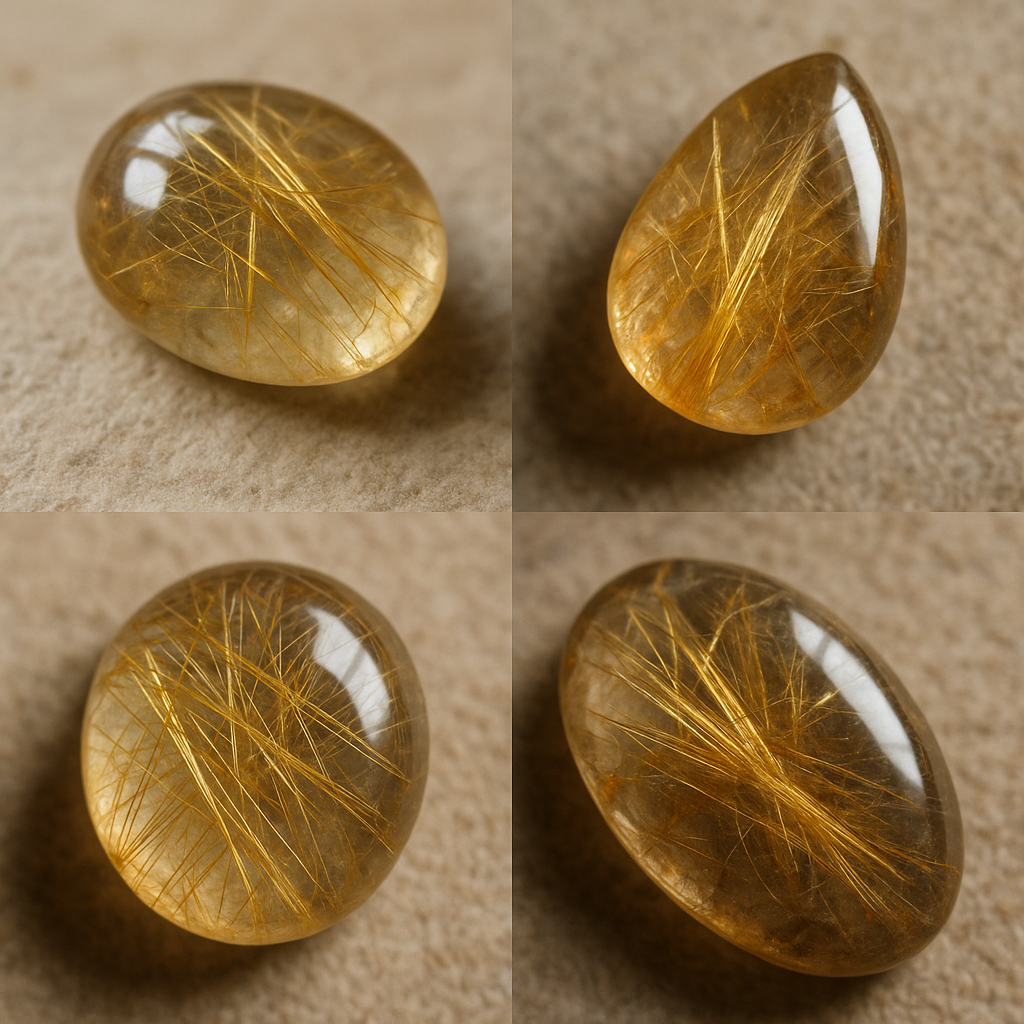
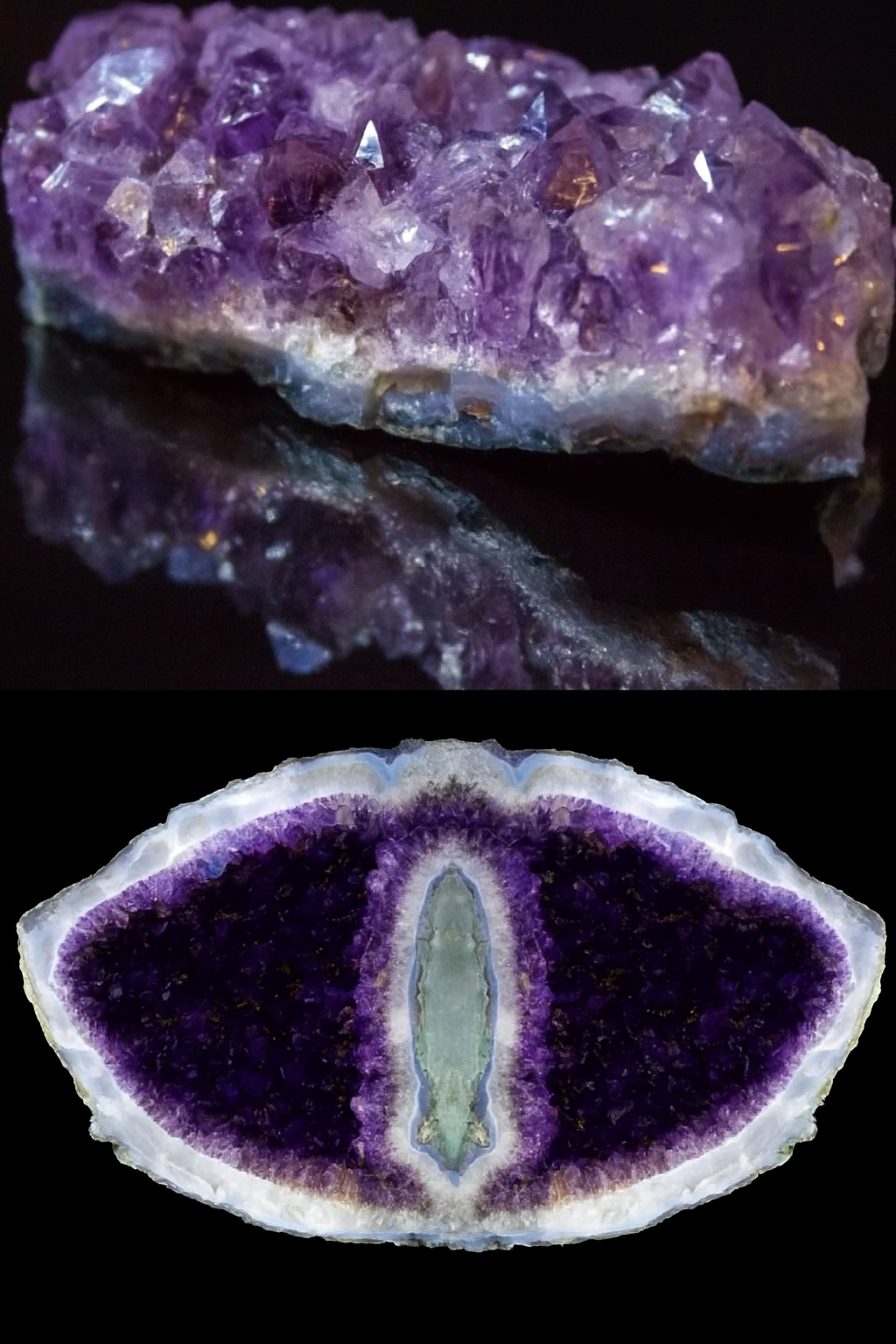
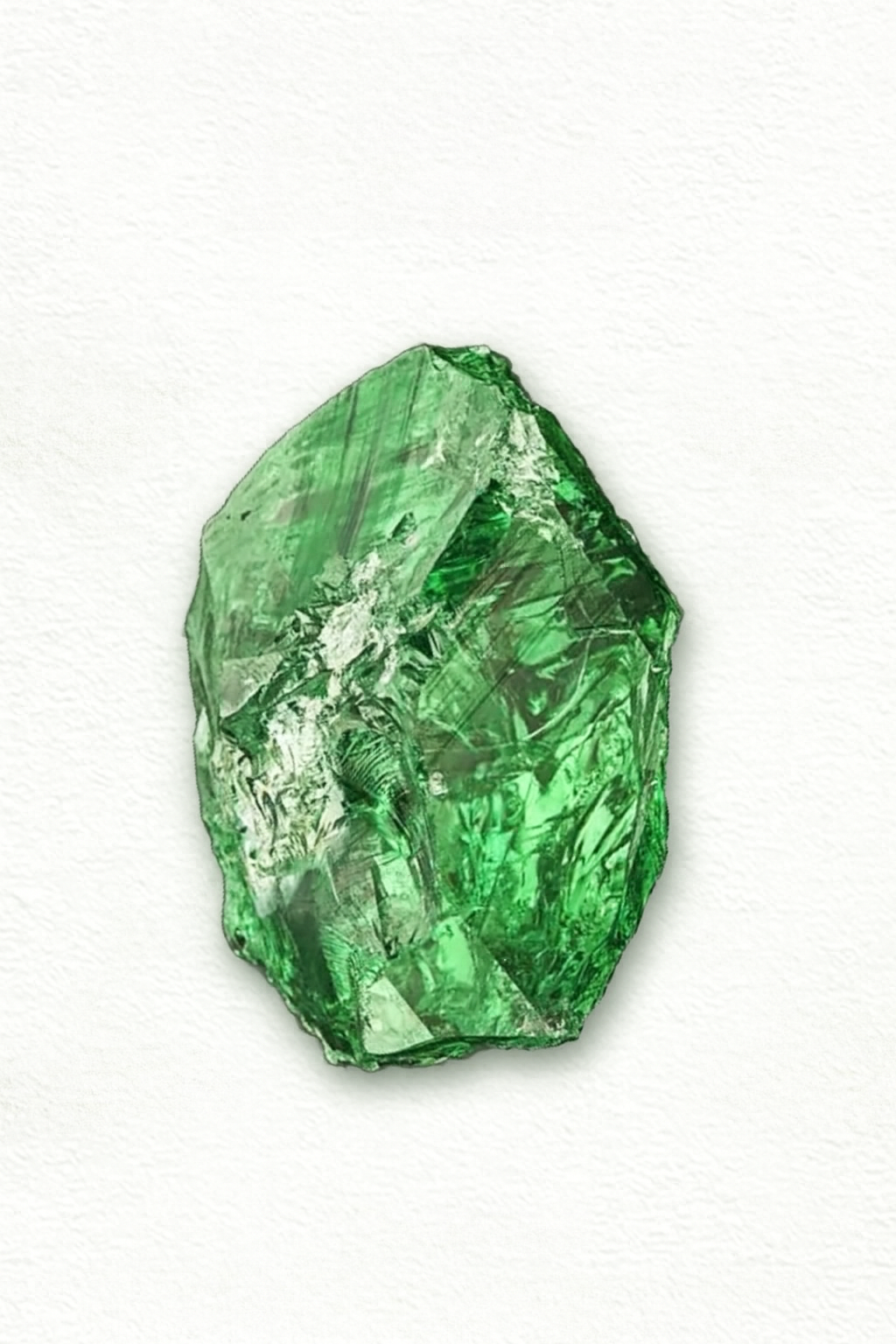
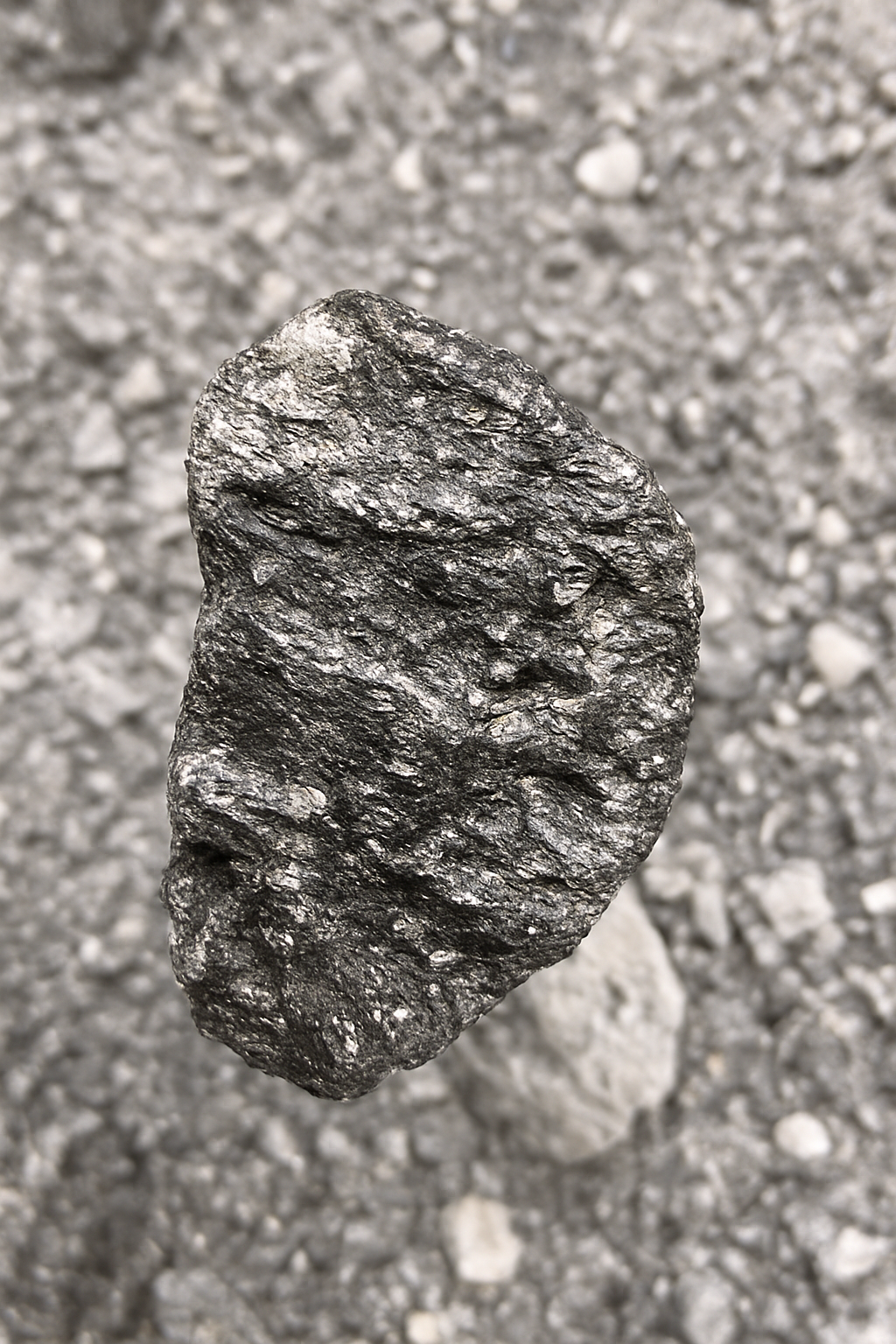
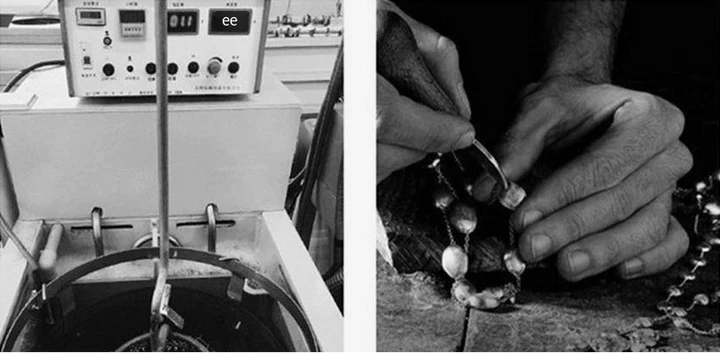
0 comments